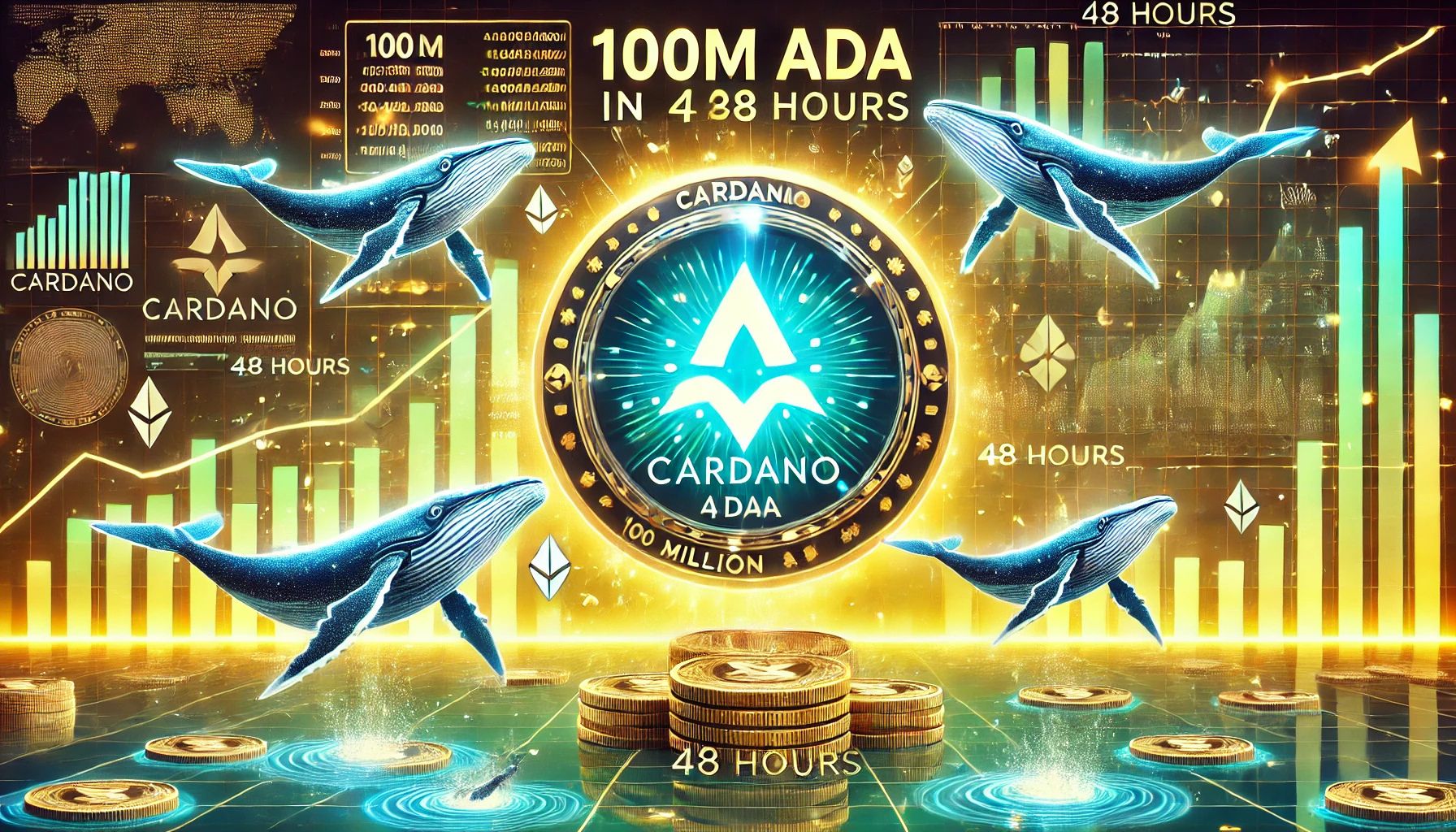ARTICLE AD
Runes’ functionality is based on the concept of runestones, which are protocol messages saved in Bitcoin transaction outputs.
Casey Rodarmor, creator of the Bitcoin Ordinals protocol has unveiled Runes documentation, indicating a new phase for BTC transactions.
The Characteristics of Bitcoin Runes
The documentation describes the basic characteristics of Runes, such as their names, amount, Cap, minting, burning, and divisibility.
Runes introduces an innovative concept to Bitcoin transactions that permits the etching, minting, and transfer of Bitcoin-native digital commodities on the blockchain. Notably, Runes come into existence through etching. Etching generates a Rune and assigns its properties. Once set, these properties are immutable, even by the etcher.
Every unit of Rune is the same, unlike unique Inscriptions. This feature makes Rune an interchangeable token fit for use in a variety of crypto applications. Runes are identifiable by IDs, which are textually written as BLOCK:TX and comprise the block in which the Bitcoin Rune was etched as well as the index of the etching transaction within that block.
Runes’ functionality is based on the concept of runestones, which are protocol messages saved in Bitcoin transaction outputs. Runestones facilitate smooth transactions within the Bitcoin network by encoding crucial information about Rune production, minting, and transfer.
Another key feature introduced by Runes is the concept of minting, which involves the generation of new units. Mints can be open or closed, with certain rules governing their operations. This approach allows for the controlled issuing of Runes, maintaining transparency and fairness throughout the ecosystem.
As indicated in the documentation, names, represented by letters A through Z, are assigned during the etching process, with spacers included for reading. However, the uniqueness of a name is not determined by spacers. Therefore, a Rune may not be carved with the same letter sequence as an existing version, even if the spacers are different.
Furthermore, the documentation also describes the Rune burning and transfer procedure, which involves exchanging the assets between transaction inputs and outputs. While burnt Runes are removed permanently from circulation, transfers are facilitated through runestone edicts.
The Growing Prominence of Bitcoin Ordinals
Bitcoin Ordinals can be described as Non-Fungible Tokens (NFTs) on the Bitcoin blockchain that use satoshis, the chain’s smallest denomination to encode their data. Every satoshi is assigned a serial number based on the sequence it was mined. These numbers are known as ordinals, and they assist the blockchain to keep track of where each satoshi is and who owns them.
The demand for Bitcoin Ordinals has increased drastically over the past year. Due to this demand, it has grown to become a major contributor to the Bitcoin blockchain’s gas fees. In May, the total number of ordinal inscriptions on the Bitcoin blockchain surpassed 10 million.
Consequently, reputable firms including MicroStrategy Inc (NASDAQ: MSTR) have stated intentions to incorporate Bitcoin Ordinals into their platform. Michael Saylor, the co-founder of MicroStrategy, revealed at the time that he was interested in assessing the application development potential of Bitcoin Ordinals.
In a similar move, Donald Trump recently launched an NFT on the Bitcoin network, valued at $9,900.

 9 months ago
47
9 months ago
47 

